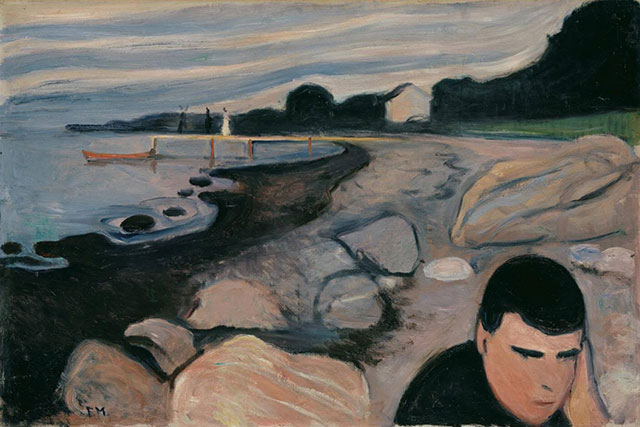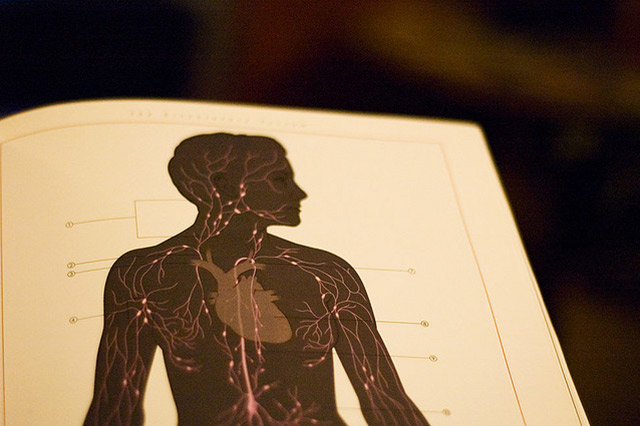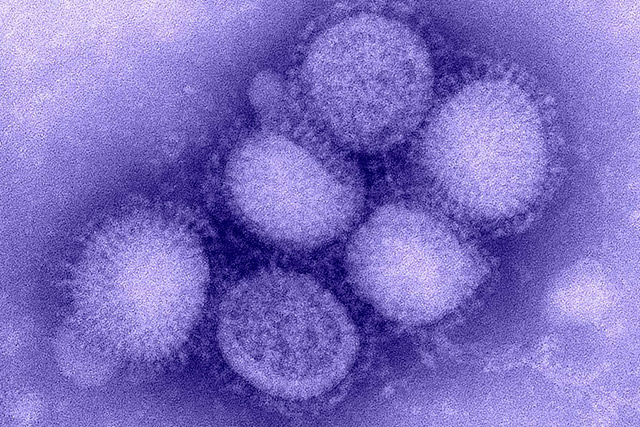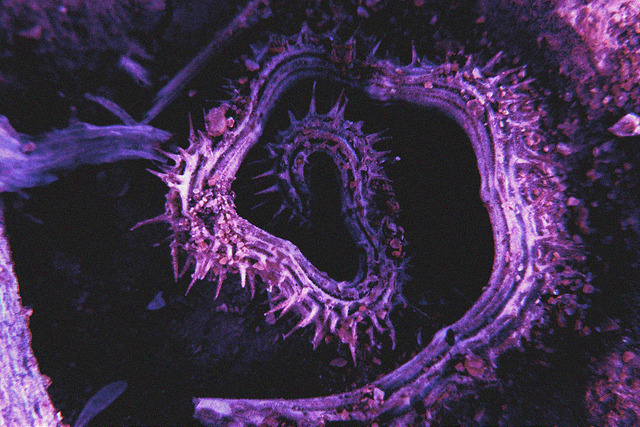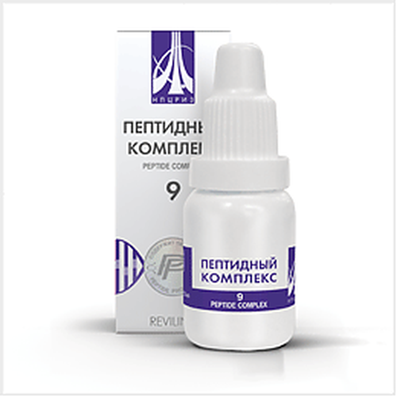Artificial Head Deformation
13 Dec 2016
Anthropologist Dr. Doping classifications of artificial deformation, Sarmatians and discoveries in Central Asia
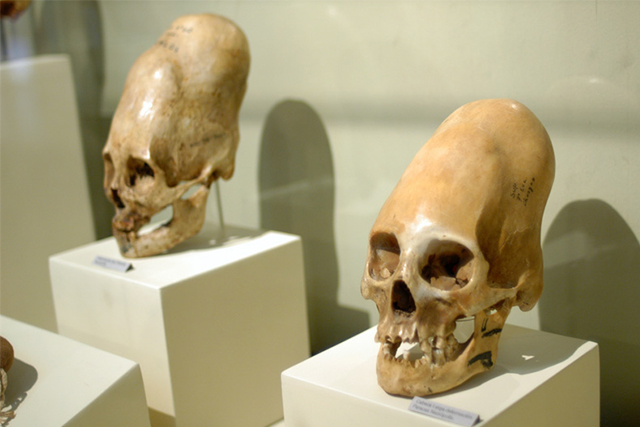
Deliberate changes in the shape of the head there for a long time. And scientists from the middle of the XIX century dealt with this topic professionally. Not surprisingly, the study began in those countries in which these customs are more common. For example, it was very popular in Spanish-language literature on Imbelloni author names. He owns one of the earliest of such classifications.
History of Head Deformation
Artificial head deformation is very common in some countries in South America, especially among the ancient Indians who populated countries such as Peru and Chile. In Mesoamerica deformation also occurs. This impact was very varied, sometimes led to radical changes in the shape of the head. That is, if you and me head shape is rounded and has a smooth shape, the deliberate impact on the plastic head of the child sometimes resulted in the final version of the appearance of the heads in the form of a pumpkin that is very elongated shapes. At the beginning of the XX century, experts who studied the old continent already, pay attention to the spread of these practices the ancient population of Eurasia. And of course, if we talk about the precursors, one can not call this remarkable scientist, archaeologist and anthropologist fats. This scientist, who lived and died in Leningrad during the blockade. His work is still quite in demand and quoted. He suggested adapting Imbelloni classification to domestic materials, with the Soviet Union. And we use the classification of its head artificial deformation.
The classifications Imbelloni and fats describes the different shape of the head, which is achieved in the end. This may be a ring or fronto-occipital deformation. Different names strain types from our and foreign authors reflect attempts to describe forms of the consequences of this action. What generally linked the possibility of deformation? We all know that children are born with not overgrown fontanel, there are seams that run through the human skull. Our head is in the process of its development is made up of individual bones, which are then fused. In adults, these joints completely obliterated, there are no holes, and this form becomes final, it does not change in the adult. But small children there is such a short period, when under mechanical stress on the head shape can change.
So it turns out that many people in ancient times and, perhaps, even, perhaps, in some of these remote ethnic groups who adhere to the traditional culture, for example, on the African continent, still practice such an impact. What are they doing? Sometimes the child may be very tight swaddle his head, and as such leave for a few years. Perhaps changing bandages, but a mechanical cleaning effect. Sometimes they tied special boards.
Perhaps, this custom was carried out first of all women, because after all they are more relevant to infants, young children. And, obviously, there are people who know exactly how to achieve the desired effect, because it is very unpredictable process, if it is a person do without some training. If we talk about the different cultures of antiquity, the impression arises that in some traditions, where it was made, there was some cultural canon. It was not just a fashion. It was an action that was carried out in order to attach the little man at some point necessary to the values of the whole tribe. In psychology and sociology is a category of opposition people into friends and foes. And this distinction is constantly taking place in various ancient cultures. To emphasize the belonging to a certain society, sometimes a particular social stratum, often elite, made sometimes even mutilating procedure.
There is an example from the excavations of the Kushan Empire (this time, close to the ancient) in Afghanistan: the tomb was excavated by a very rich woman. In her burial, archaeologists found a lot of gold, so it is usually called a queen. We do not know her social status, but it is clear that he was tall. She died somewhere in the 20 years of age. And this young woman was incredibly altered shape of the head, in the form of a completely elongated pumpkin. That is, it is clear that it was the custom associated with representatives of the higher social strata.
There is an impression that some radical forms of deformation of the head can affect a person's character, his behavior. This question is very much discussed by specialists, in particular those carried out X-ray, radiological investigations. In particular, the estimated change in shape of sella. As anthropologists deal with skulls, we can not at the physiological level to track these changes, but bone deformities can judge what the surrounding areas have been affected.
There were different points of view. Some experts say that, no matter how much change the shape of the head, the shape of sella does not change the base of the skull, as is usually conservative. It's still an important part of the skull, because there are many blood vessels and nerves. Otherwise, when you change the seat of the Turkish people would be incapacitated. But there is another point of view: some form of deformation led to an increase in the aggressiveness of people. In particular, the Sarmatians widely practiced just a ring shape of the head deformation. Sarmatians and act as representatives of a very energetic militarized populations for which empirically proved that they were aggressive, they had a very high percentage of military injuries. And maybe even the head deformation provoked in some sense a heightened aggressiveness. While on the other hand, we have absolutely examples, and agricultural population, which has similar effects conducted towards women. And it is unlikely there was a speech about the increasing aggressiveness. To improve brain function without head deformation – buy Cogitum, Semax, Piracetam, Nootropil, Cortexin.
General views and private features
The general theory for such deformations, it seems to me, does not exist when we parse a very long time cultural traditions. Now it is clear that, indeed, there were times, some cultural traditions and specific geographic locations where these customs were practiced. But in each case the reasons were absolutely specific, because I think it's based on some unique religious views.
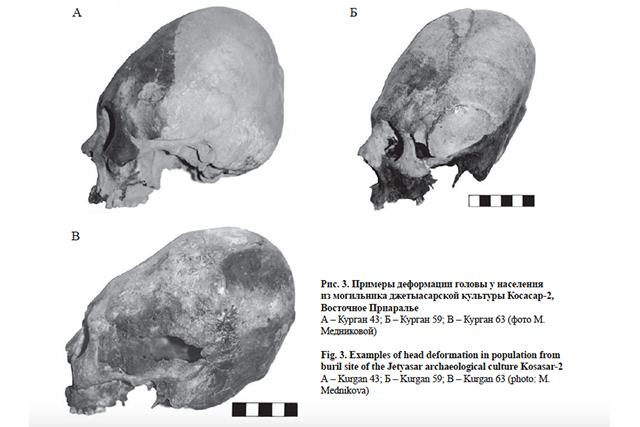
Of course, we have some universal archetypal basic understanding of, say, the value of the head. Or in many mythological systems have cosmogonic stories about the origin of the sky. Very often it is associated - at least in the Indo-European tradition - with the head of a giant or some magical beings, that is, it is something universal. But, on the other hand, there is a local peculiarity. In some cultural traditions it was necessary to use for everyone - for boys and girls. In other cultural traditions emphasize affiliation, say, an elite layer, rather than some lower, because, apparently, this is a very important time-consuming impact it deserved not everyone.
If we talk about the spread of these practices, they go very deep. The oldest in Eurasia cases related to the Neolithic era. An Neolithic revolution, which is so named not because it was associated with some kind of social upheaval, but because there was a radical change in lifestyle of people, that is the transition to a producing economy, which lasted for hundreds and even thousands of years.
The story begins in the Fertile Crescent region, which includes such advanced countries as Iran, Iraq and Syria. Part of this is sickle in Israel. And other areas, which is part of the region - is Anatolia, the territory of modern Turkey. And there are about 9000 years ago there seems, customs deform child's head. And very often, apparently, do women.
We know that this cultural tradition of early farmers associated with the idea of fertility. Mankind first became settled, the lifestyle of hunters and gatherers passes to settler lifestyle. This immediately leads to the demographic consequences: a lot of people getting more children are born. And the role of women is quite different in this society. Characteristically, it is very often found numerous traces of deformation of children. It has been suggested that many of them were girls, when it comes to children's remains.
With the spread of Neolithic cultures along with these farmers and ranchers come, and these herdsmen settled in the steppe zone of Eurasia. In the Bronze Age already herdsmen specialists are also a manifestation of a radical distortion of the head. This is a period of, say, III-II millennium BC. Not everywhere, but it is in some groups. And it is interesting that pastoralists deformed head, apparently mostly boys. That is, there is another role of the man. It has already begun for a patriarchal society. Sometimes the occurrence of artificial deformation of the head or only men or only women helps us that existed 5,000 years ago to recreate some gender relations.
Great Migration
Sarmatians settled very well, and for them it was really very characteristic tradition, especially in the later Sarmatian it was spread. And adjacent culture, the people who left a bright trace in the history and in the written sources - is the Alans, at least in part of this tradition which was also distributed very widely.
And here we turn to a much later time - the time of the Great Migration. It begins, so to speak, in the II century BC (and this is due to climate changes primarily caused by them and political events) on the northern border of China. As a result of the great mass of the nomadic population are migrating to the west, gradually accumulate population that they meet on the way, and the process ends in the IV century already in Europe with the advent of such people as the Huns, and the conglomerate of tribes that they were headed. On his way Huns visited even in such territory as the Aral Sea region. Now the Aral Sea was dry, but in the beginning of our era and to the VIII century it was inhabited territory, the northern arm of the Great Silk Road. There are extensive anthropological data, telling us about the spread of artificial deformation of the head there, which reached a very strong manifestations. These deformations were carried out for women and for men. There is speculation that a group of people who migrated to the West, this tradition spread.
Next we see the emergence of the practice of artificial deformation of the head in the Central and Western Europe, which until then he had not met. There is a very strong anthropological research school in Hungary. And just as an example of the wave of migrants who in the I millenium come on Hungarian territory, they emit an artificial deformation of the head occur in the Sarmatian, come down to this area, in Gepids (this is, most likely, a Germanic tribe) and the Alans. Then (again, this is known thanks to the chroniclers, who recorded it all) members of this barbarous people from the east reach the territory of France. And there, too, found during excavations deformed skull. They seem to be associated with the Burgundians. Burgundy is a Germanic tribe, but nevertheless they had this custom.
On the territory of Germany itself cases of artificial deformation of the head is also described. An interesting work conducted by Professor Kurt Alt. In Germany, the deformation encountered only in males, and, apparently, one male generation. And then, this tradition is interrupted sharply, reflecting a typical example of male migration. That is, in this territory comes a man with a deformed head. It may be some outstanding warrior, a man of high social status. But even if he will have descendants, his wife does not know how to change the head of a child in common, how to maintain this tradition.
On the territory of Germany itself cases of artificial deformation of the head is also described. An interesting work conducted by Professor Kurt Alt. In Germany, the deformation encountered only in males, and, apparently, one male generation. And then, this tradition is interrupted sharply, reflecting a typical example of male migration. That is, in this territory comes a man with a deformed head. It may be some outstanding warrior, a man of high social status. But even if he will have descendants, his wife does not know how to change the head of a child in common, how to maintain this tradition.
Apparently, the tradition spread only when, along with men and women migrated to support this practice. And so I suggested that not always, but in some specific cases, can be considered distribution of artificial deformation of the head as the analysis of mitochondrial DNA, which is passed only through the mother, and then the influence of female carriers of the tradition key.
It would seem that the Burgundians - a Germanic tribe that is dissolved completely. But in the medieval images, and even in the XIX century there was such a thing as a burgundy cap, which was associated with a serious form of squeezing the baby's head. If a fresh look at some of the portraits hanging in the Louvre, we notice such unusual features. It is a tradition which no-no, and manifests itself. This is when it comes to such countries already considered a bulwark of European civilization. If you go beyond it, for example in Africa, there are tribes there that still adhere to this tradition. Rather, it is East Africa. Of course, there must be distinguished, if we talk about the cultural traditions that lead to the modification of the head, we have to talk about the custom for a long time to keep the child in the cradle. The fact is that if this cradle of rigid, solid, for example wood, and the baby's head all the time is limited to one place, there is an unintended deformation called beshik. Flattened back of the head is very common among the modern peoples of Central Asia.
The finds in Central Asia and the Crimea
If we talk about Central Asia, during World War II Maxim G. Levin, a remarkable Russian anthropologist, I was in Turkmenistan, and it left such ethnographic evidence just tight swaddling head boys and girls Turkmens who lived 70 years ago. And it is very interesting that the boys wore tight bandage to 5 years. And these girls filmed bandages only in adolescence. They marry early, so it was thought that they were the bride. It turns out, this is an important element of initiation, that is, the ritual of transition from one state to another. And the boys reach this particular maturity when it is necessary to remove the bandage, in fact at the time of the end of the first period of childhood. Even anthropologists fix this point it is for biological indicators, because in about 6 years, we have you replaced your teeth - teeth cut through the second generation. And in many societies traditional culture that moment marked a very important dedicatory ceremonies. In some of the cultural traditions of the children changed their name. That is, they are attached again to the values of society. At that moment of the Turkmen tribe that Levin studied, boys achieved this initiation to the breeding value in 6 years, and girls in the 12 years. Curious such a moment, in general, is very recent.
Such a practice can be called swaddling stop the Chinese. But here there is also a kind of canon of beauty. I think that still influences and opposition of male and female, and the selection of women of high social status. Because, of course, diapering limits mobility and performance. If we talk about the other parts of the body, probably, not to mention the custom, as the little finger amputation. There were such cases. And they confirmed anthropologically. Just a year ago, at the beginning of 2015, my colleagues and I have published a new study of well-known and previously studied materials of the Crimean-Koba grotto Murzak. This fresh dumping of the men and women of the Mesolithic, ie the middle of the Stone Age. Initially, the grotto was excavated before World War II. And the first time he described the famous Leningrad radiologist and anthropologist Dmitry Rokhlin in 1965.
We have repeated radiological investigations using modern digital X-ray equipment. Particular attention was drawn to the damage encountered on the female skeleton. In one grave adult men and women were buried. Perhaps the husband and wife. They lived thousands of years ago, but the skeleton is very well preserved, including a skeleton brush. And phalanx of little fingers on two hands the woman bear traces of amputation, and lifetime, with traces of healing. Moreover, the re-examination of the woman's skull revealed that it was a superficial scar in the back of the head, it was hidden under the hair, appeared a few years before his death. And that damage was interpreted by us as a symbolic trepanation - a special version of the scarring. We hypothesized that throughout his life this woman has passed at least two initiation rite. And at the time of each of these rites she suffered a very painful procedure, but, apparently, is very important to join the religious values that were in this tribe.
At some point, probably in the initiation, when she was a teenager could do trepanation, and the wound healed well, no complications were not. And later, probably when she married, her little fingers were partially amputated. These data are in good agreement with the rock paintings in the caves, which have already been described many years ago specialists in prehistoric art. There are often hand prints. Sometimes they are not phalanges. That is, anthropologists have found evidence of a similar ritual.

 Cart
Cart

